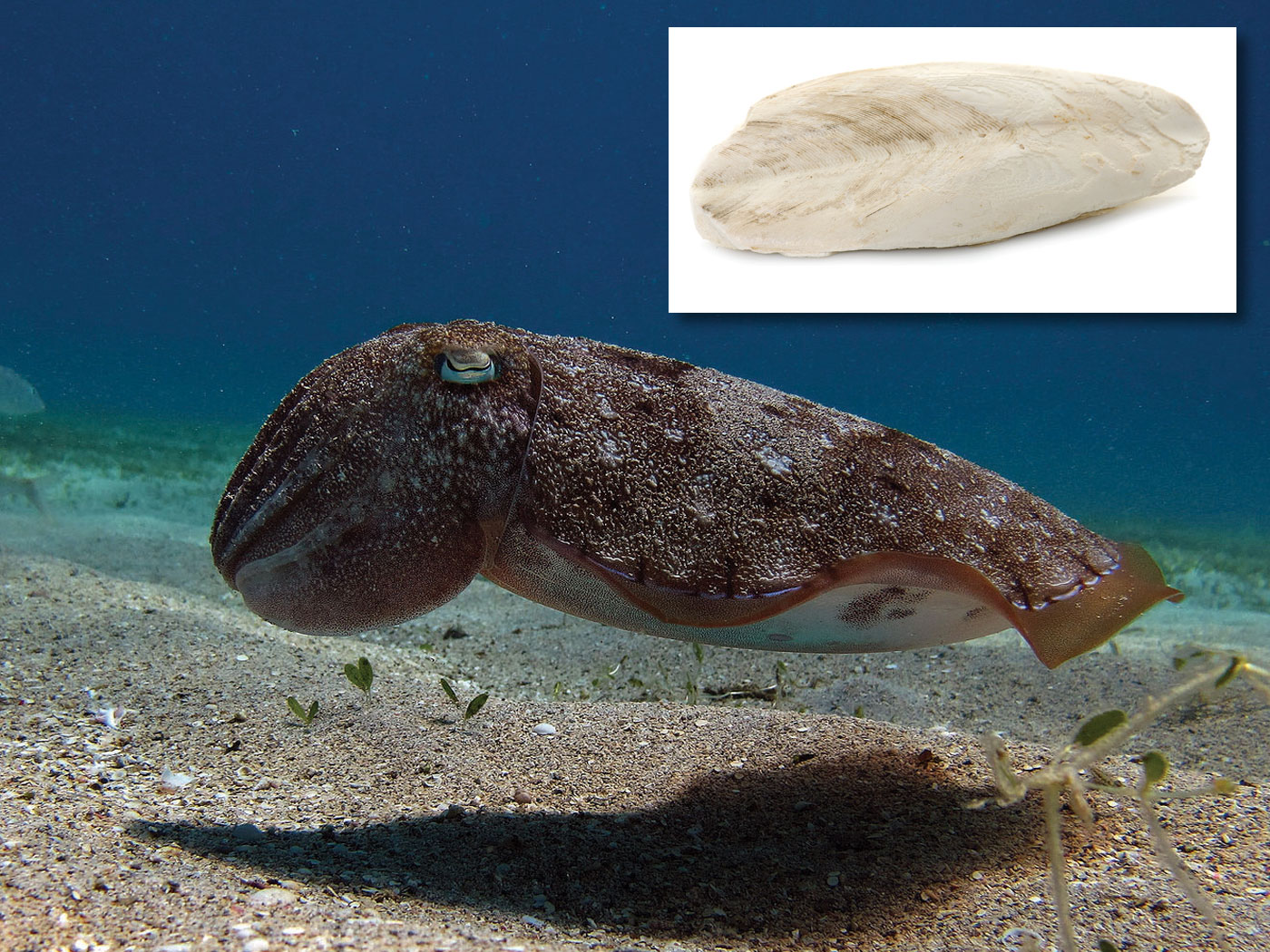A Hawaii-based astronomer announced at an October 19, 2011, NASA meeting the discovery of a young-looking planet forming near the star LkCa 15. "You can actually see the planet forming, as the process is happening right now," Adam Kraus, of the University of Hawaii's Institute of Astronomy, told the Associated Press.1 But how does he know that it is forming?
Though a related university press release didn't show original photographs,2 in the AP report Kraus described what he and colleague Michael Ireland saw through their uniquely equipped telescope: "We see this young star, it has a disc around it that planets are probably forming out of and we see something right in the middle of a gap in the disc."1 Kraus and Ireland's research is scheduled to be published in The Astrophysical Journal.3
According to AP, the planet-like object "is estimated to have started taking shape about 50,000 to 100,000 years ago." But even if that object is a planet, what observations support the theory that it evolved from particles found in the dust disc? The answer is none, because the supposed evolution of planets has not been observed, but assumed. These assumptions were then used as the basis of "scientific models of how planets form."1
Not only was its evolutionary history assumed, but the physics of dust clouds prohibits planet formation. The problem is that such small particles bounce off each other when they collide, instead of sticking together.4 A few years ago, University of California Santa Cruz planetary scientist Erik Asphaug described difficulties modeling the critical early period of dust accumulation that supposedly leads to pre-planets called "planetesimals." He asserted that "dust grains coagulate," then wrote:
However, too great a turbulence disrupts agglomerates faster than they form….Not only must turbulence be low, but the gas must go away before the growing planetesimals spiral in.... Decoupled [separate] solids spiral towards the Sun at an estimated 1 AU [astronomical unit] per 10–1000 years, so there is not much time!5
Thus, even the models of planet development are packed with problems. So why did the AP's report of "scientific models of how planets form" fail to say so? In truth, "the problem of accreting meter-scale planetesimals is far from solved."5 But this is only a problem for planetary evolution—not planetary creation.
These astronomers may not have observed a planet at all. If it is a planet, what is the evidence that it is forming today, or that it formed by natural processes in the past? It might instead simply be in the process of falling apart or breaking down like everything else in the universe. Whichever is the case, these astronomers did not watch any planet forming!
And since a natural formation of planets defies physics, the creation of planets remains the best hypothesis to explain their existence.
References
- McAvoy, A. Hawaii astronomer captures image of forming planet. Associated Press, October 20, 2011.
- UH Astronomer Finds Planet in the Process of Forming. University of Hawaii Institute for Astronomy press release, October 19, 2011.
- Kraus, A. L. and M. J. Ireland. LkCa 15: A Young Exoplanet Caught at Formation? The Astrophysical Journal, arXiv:1110.3808v1. Posted on arxiv.org October 17, 2011.
- Coppedge, D. 2008. Nebulous Hypotheses. Acts & Facts. 37 (2): 15.
- Asphaug, E. 2009. Growth and Evolution of Asteroids. Annual Review of Earth and Planetary Sciences. 37 (1): 413-448.
Image credit: NASA
* Mr. Thomas is Science Writer at the Institute for Creation Research.
Article posted on November 3, 2011.












